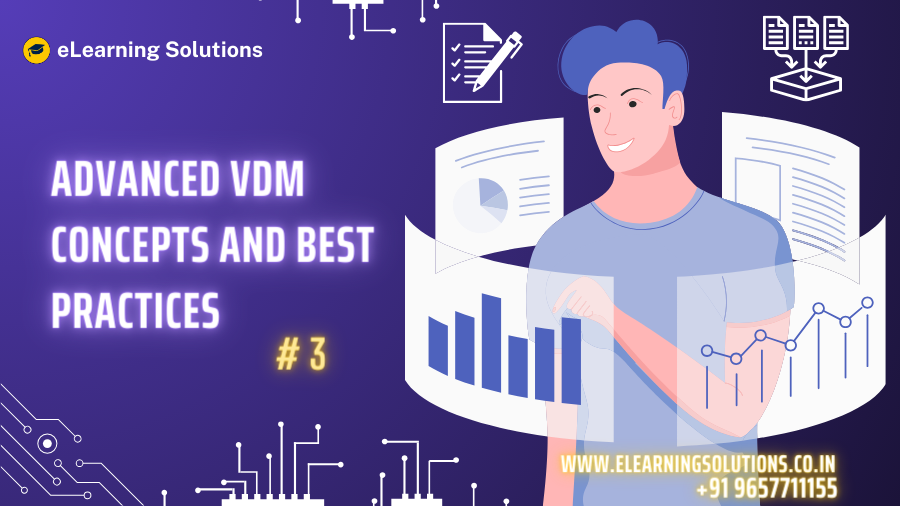Delving Deeper: Advanced VDM Concepts and Best Practices
Continuing our exploration of VDM (View Definition Modeling), this blog delves into advanced VDM Concepts and best practices, empowering you to unlock the full potential of VDMs for data analysis and visualization.
Expanding Your VDM Arsenal: Advanced Features in Action
Beyond the fundamentals, VDM offers a rich set of features to enhance your data manipulation and analysis capabilities:
1. Data Calculations and Functions:
- Go beyond simple aggregations: Utilize built-in mathematical and statistical functions to perform complex calculations directly within your VDM. Calculate ratios, percentages, moving averages, and other insightful metrics to gain deeper understanding from your data.
- Leverage conditional expressions: Employ conditional statements (IF/THEN/ELSE) to dynamically manipulate data based on specific criteria. Filter, transform, and enrich data within your VDM for tailored analysis.
2. Hierarchies and Drill-Down Functionality:
- Model hierarchical relationships: Represent data with inherent hierarchical structures, such as organizational charts or product categories. Navigate through these hierarchies using drill-down capabilities, allowing for in-depth exploration of data at various levels of granularity.
3. Advanced Analytical Functions:
- Unlock the power of windowing functions: Utilize functions like RANK, PERCENTILE, and LAG to analyze data within a defined window or moving frame. Identify trends, outliers, and patterns within your data for more comprehensive insights.
Securing Your Data Landscape: Access Control and Security
VDMs play a crucial role in data access and visualization. Therefore, implementing robust security mechanisms is paramount:
- Granular access control: Define user permissions and restrict access to sensitive data based on user roles or attributes. Ensure only authorized users can view and manipulate data within specific VDMs.
- Data anonymization and masking: Consider anonymizing sensitive data within VDMs, especially when used for sharing or reporting purposes. This helps protect privacy and ensure compliance with data regulations.
VDM Best Practices: Crafting Effective and Sustainable Solutions
Building efficient and maintainable VDMs is key to maximizing their effectiveness. Here are some valuable practices to consider:
- Clarity and conciseness: Use clear and concise names for your VDMs, columns, and calculations to enhance readability and understanding for both creators and users.
- Documentation is key: Document your VDMs thoroughly, including the purpose, logic, and dependencies. This fosters collaboration, facilitates future maintenance, and ensures knowledge transfer within your team.
- Modular design: Break down complex logic into smaller, reusable components. This promotes code reuse, simplifies maintenance, and improves overall VDM maintainability.
- Performance optimization: Pay close attention to VDM performance. Consider factors like data volume, query complexity, and caching mechanisms to ensure efficient data retrieval and avoid performance bottlenecks.
Conclusion:
By mastering advanced VDM concepts and best practices, you can unlock the full potential of VDMs for crafting insightful data visualizations and performing in-depth analysis. Remember, VDM proficiency empowers you to transform raw data into actionable insights, driving informed decision-making within your organization.



 WhatsApp us
WhatsApp us